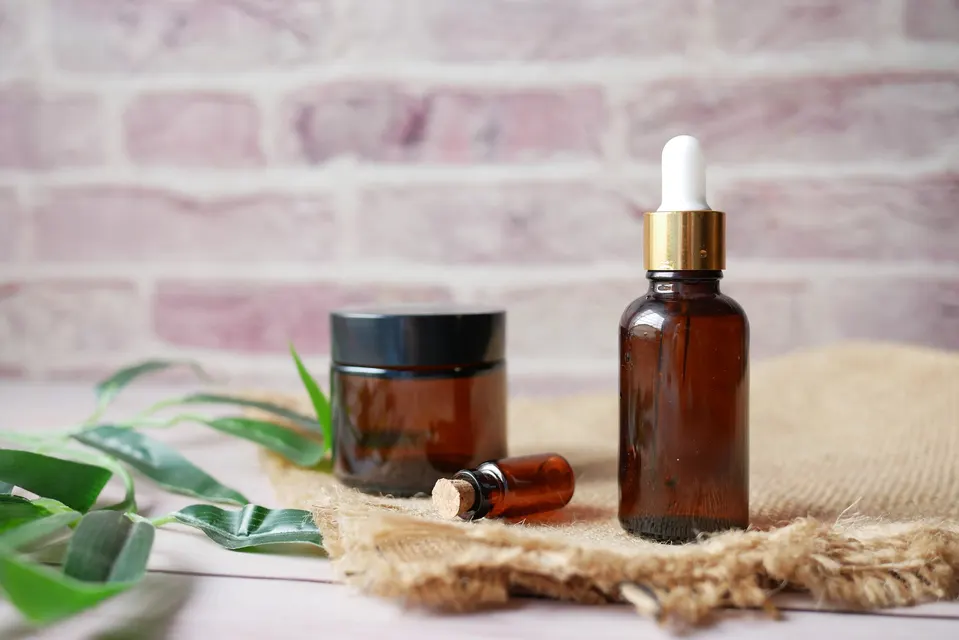The Top 5 Essential Oils For Wellness And How To Use Them
Essential oils have been making waves in the wellness world, and for a good reason. These little bottles pack a punch with their concentrated plant extracts, known for their therapeutic properties. Aromatherapy fans and holistic health enthusiasts alike swear by these natural wonders, claiming they can help with everything from stress relief to pain management.
Going back in history, humans have been using essential oils for thousands of years. Ancient Egyptians, Greeks, and Chinese cultures incorporated these oils into their medicinal and spiritual practices. Fast forward to today, and essential oils are still a go-to for anyone looking to harness the power of nature for wellness.
The benefits of essential oils are vast. Whether you’re looking to unwind after a long day, boost your mood, or alleviate physical discomfort, there’s likely an essential oil that can help. Lavender oil is famous for its calming effects, peppermint oil is known for its invigorating properties, and tea tree oil is celebrated for its skin-clearing abilities. Each oil has its unique strengths, making them versatile tools in your health arsenal.
Science backs up many of the claims around essential oils, too. Research shows that lavender can improve sleep quality, while peppermint oil can reduce headache severity. Plenty of studies highlight the antimicrobial and antifungal properties of tea tree oil. While more research is always needed, the current findings are promising.
Jumping into the world of essential oils can feel overwhelming with so many choices and potential uses. But don’t worry – starting with a few basics and expanding your collection as you learn more can make the journey smoother.
How to Safely Use Essential Oils for Wellness
Using essential oils safely is crucial to getting the most out of their wellness benefits without any unwanted side effects. Let’s get straight into it.
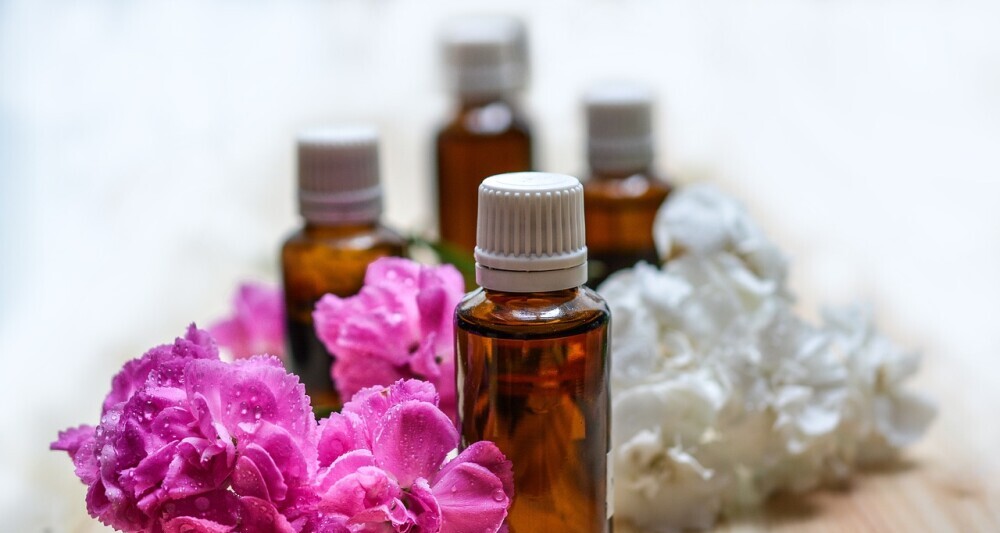
First off, dilution is key. Essential oils are super potent by nature, so it’s important to mix them with a carrier oil before applying them to your skin. Think of carrier oils as the middlemen. They help distribute the essential oil evenly and reduce the risk of irritation. Popular choices include coconut oil, jojoba oil, and sweet almond oil. The general rule of thumb is about one drop of essential oil per teaspoon of carrier oil.
It’s also important to know which essential oils are suitable for your needs and skin type. Some essential oils can be too strong for sensitive skin. Doing a patch test is always a good idea to check for any adverse reactions. Just apply a small amount of the diluted essential oil to your forearm and wait 24 hours to see if there’s any redness or irritation.
When it comes to inhalation, diffusers are your best friends. These handy devices disperse the essential oil into the air, making it easy to inhale and enjoy the benefits. Be sure to follow the manufacturer’s instructions for adding oils and water. Another simple way is to put a few drops on a tissue or in a bowl of hot water and breathe in the aroma.
Essential oils can also be used in bath time routines, but always mix them with a carrier oil or a bath salt first. Pouring pure essential oil directly into your bath can cause skin irritation. Mixing the oil ensures it disperses evenly in the water.
There are some general guidelines to keep in mind. First, essential oils should never be ingested unless under the guidance of a healthcare professional. Some oils can be toxic if swallowed. Also, keep essential oils away from your eyes, ears, and mucous membranes. And if you’re pregnant, nursing, or have underlying health conditions, consult with a healthcare provider before using essential oils.
Start slow and observe how your body responds. Essential oils can offer amazing wellness benefits when used correctly, so take your time learning how to use them safely.
Lavender Oil: The Calming Remedy
Lavender oil is a jack-of-all-trades in the world of essential oils, widely revered for its calming and soothing properties in wellness practices. This oil, extracted from the lavender plant’s flowers, has been a favorite for centuries in both medicinal and beauty routines.
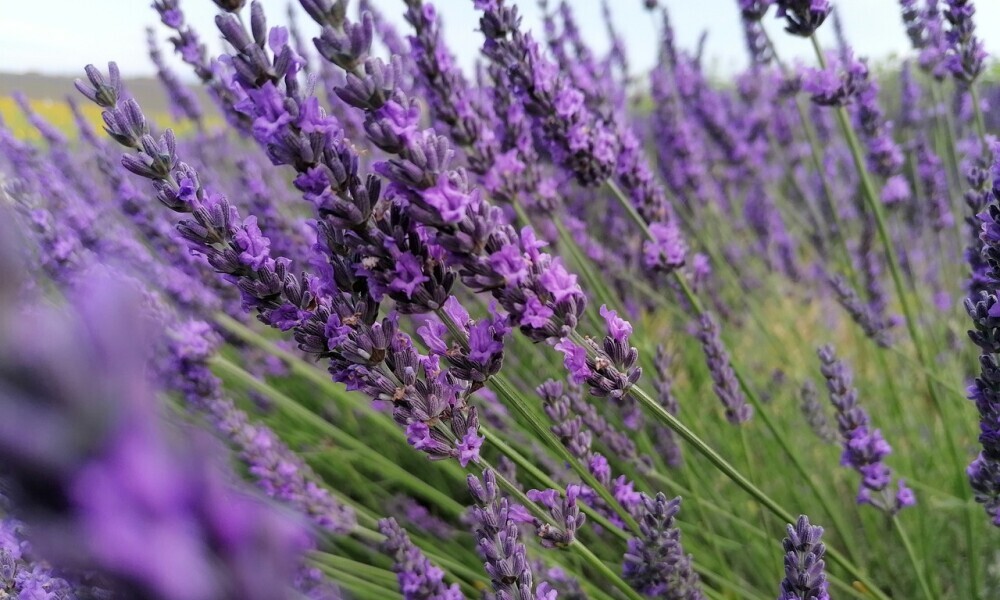
When it comes to relaxation and stress relief, lavender oil is a must-have. Whether you’re dealing with anxiety, having trouble sleeping, or simply need to unwind, this oil can work wonders. One of the most popular ways to use lavender oil is through aromatherapy. A few drops in a diffuser can help create a peaceful atmosphere at home or work.
Another fantastic use is for sleep improvement. A small dab behind the ears or on your pillow can help you drift off faster and enjoy a more restful sleep. Many people also use lavender oil in their bedtime bath ritual. Adding a few drops to your bath can make the experience more relaxing and help you unwind before bed.
Lavender oil can also aid in pain relief. Its anti-inflammatory and analgesic properties make it a great choice for treating minor burns, insect bites, and minor muscle aches. Just mix it with a carrier oil and massage it onto the affected area.
From a skincare perspective, lavender oil can be beneficial for acne-prone skin. Its antibacterial properties can help reduce breakouts and soothe irritated skin. Just remember to always dilute it with a carrier oil before applying it to your face.
Research supports these benefits. For example, many studies found that lavender oil can improve sleep quality and reduce symptoms of anxiety. User testimonials often echo these findings, with many praising its calming effects and versatility.
With its multiple uses and benefits, lavender oil deserves a spot in any wellness toolkit. Its gentle yet powerful properties make it suitable for a wide range of applications, from everyday stress relief to skincare.
Peppermint Oil: A Versatile Healer
Peppermint oil is like the Swiss Army knife of essential oils. Extracted from the peppermint plant, it boasts a fresh, invigorating scent and a ton of health benefits. This oil has a long history too, with ancient civilizations using peppermint for medicinal purposes.
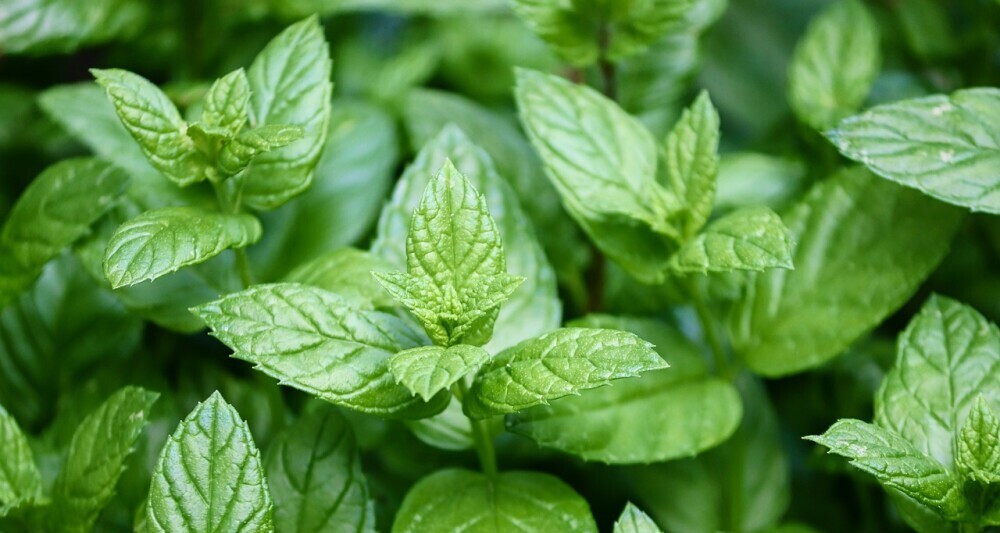
One of the standout features of peppermint oil is its effectiveness in tackling headaches. A little dab on your temples or the back of your neck can bring relief. The menthol in peppermint oil provides a cooling sensation that helps ease tension and discomfort.
Peppermint oil is also a friend to your digestive system. Whether you’re dealing with nausea, bloating, or indigestion, a few drops diluted in a carrier oil and massaged onto your abdomen can help soothe your digestive woes. Alternatively, inhaling the scent can also bring some relief.
For muscle pain and soreness, peppermint oil is a go-to. After a workout or a long day on your feet, mixing a few drops with a carrier oil and massaging onto the sore area can provide instant cooling and pain relief. Its anti-inflammatory properties help reduce swelling and ease muscle tension.
This oil isn’t just for health issues; it’s also excellent for boosting energy and concentration. If you’re hitting that afternoon slump at work, a quick sniff of peppermint oil can wake you right up and help you focus. Some people keep a small bottle at their desk for this very purpose.
While it offers numerous benefits, always remember to use peppermint oil safely. It’s quite potent, so make sure to dilute it properly before topical application. And if you have sensitive skin, a patch test is always a good idea. Pregnant women and young children should avoid using peppermint oil without consulting a healthcare professional.
Packed with benefits, peppermint oil is versatile and highly beneficial. Whether you’re dealing with headaches, muscle pain, or just need an energy boost, this oil has got you covered.
Tea Tree Oil: Nature’s Antiseptic
Tea tree oil stands out as one of the most powerful essential oils, especially when it comes to skin care and overall wellness. Derived from the leaves of the Melaleuca alternifolia tree, this oil has been a trusted remedy for centuries, particularly in traditional medicine.
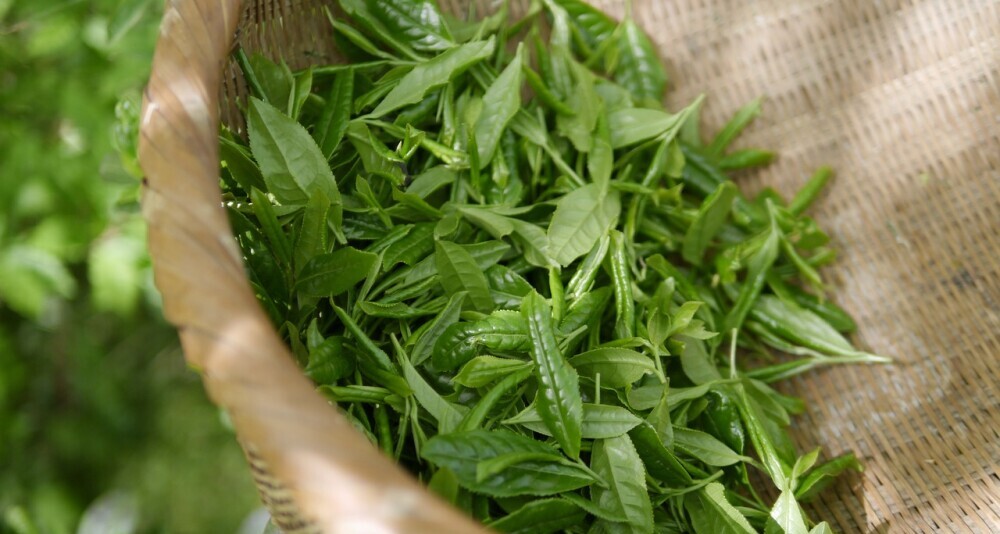
Its antibacterial and antifungal properties make tea tree oil an excellent choice for treating acne. Dab a diluted mixture onto blemishes to help reduce their size and redness. Besides acne, tea tree oil is effective in treating skin conditions like eczema and psoriasis. Always remember to dilute it with a carrier oil before applying to the skin.
Tea tree oil works wonders on minor cuts, scrapes, and burns too. It not only helps disinfect the area but also promotes faster healing. Applying a few drops of diluted tea tree oil can both clean the wound and provide a protective layer against infections.
For those dealing with fungal infections like athlete’s foot or toenail fungus, tea tree oil offers a natural remedy. Soaking your feet in water mixed with a few drops of tea tree oil can significantly help reduce the infection. You can also apply a diluted mixture directly to the affected area for better results.
Tea tree oil makes a fantastic addition to your homemade cleaning products. Its natural disinfecting properties can help keep your home clean and germ-free. Add a few drops to water or vinegar-based cleaning solutions for a powerful, all-natural cleaner.
Scientific research supports these uses. Studies have shown that tea tree oil can effectively combat bacteria and fungi, making it a potent natural antiseptic. User testimonials frequently praise its efficacy in treating various skin issues and keeping infections at bay.
With its wide range of applications, tea tree oil is a powerhouse in any essential oil kit. From skin care to wound treatment and even household cleaning, its versatility and effectiveness make it indispensable.
Eucalyptus Oil: Respiratory Relief and More
Eucalyptus oil is a breath of fresh air, both literally and figuratively. Derived from the leaves of the eucalyptus tree, it’s well-known for its ability to support respiratory health. This oil has long been used to alleviate symptoms of colds and congestion, thanks to its anti-inflammatory and decongestant properties.

To clear up sinuses and relieve congestion, inhaling eucalyptus oil is incredibly effective. You can add a few drops to a bowl of hot water and breathe in the steam, or use a diffuser to disperse the oil throughout the room. Many folks also add eucalyptus oil to their humidifiers for continuous relief.
Eucalyptus oil can also help with coughs when used in chest rubs. Mixing a few drops into a carrier oil and massaging it onto your chest can help break up mucus and ease breathing. This can be especially helpful at night, promoting a better night’s sleep.
Beyond respiratory issues, eucalyptus oil is great for muscle pain and inflammation. Similar to peppermint oil, it’s often used in massages to relieve sore muscles. The cooling effect of eucalyptus oil can provide immediate relief to an aching body after physical activity.
Eucalyptus oil’s antiseptic properties make it a good option for treating minor wounds and insect bites. Applying a diluted mixture to the affected area can reduce swelling and speed up the healing process. It’s also handy for repelling insects—you might want to mix it in a spray bottle with water for a natural bug repellent.
Its benefits don’t stop there. Eucalyptus oil can also improve mental clarity and focus. The invigorating scent helps stimulate the mind, making it easier to concentrate on tasks. Some people even add a few drops to their shower for a refreshing morning boost.
All these benefits make eucalyptus oil a versatile addition to any essential oil collection. Just be cautious with its potency; always dilute it properly before using it on the skin, and avoid using it around children under six years old. With responsible use, eucalyptus oil can be a valuable tool for wellness.
Frankincense Oil: The Ancient Elixir for Modern Wellness
Frankincense oil, often referred to as the “king of essential oils,” has a rich history dating back thousands of years. Extracted from the resin of the Boswellia tree, this oil has been cherished for its profound healing properties and spiritual significance.

One of the standout benefits of frankincense oil is its ability to promote relaxation and reduce stress. Its warm, woody aroma has a grounding effect, making it a popular choice for meditation and mindfulness practices. Adding a few drops to a diffuser can help create a serene atmosphere, perfect for unwinding after a hectic day.
Frankincense oil is also renowned for its anti-inflammatory and pain-relieving properties. It can be particularly beneficial for those dealing with chronic pain or inflammation. Mixing it with a carrier oil and massaging it onto sore muscles or joints can provide soothing relief and improve mobility.
In the realm of skincare, frankincense oil is a true gem. Its rejuvenating properties make it an excellent choice for reducing the appearance of fine lines and wrinkles. It also helps to tone and tighten the skin, giving it a more youthful and radiant appearance. Simply add a few drops to your favorite moisturizer or carrier oil and apply it to your face and neck.
Frankincense oil’s benefits extend to respiratory health as well. Inhaling its aroma can help clear the airways and reduce symptoms of congestion. Adding a few drops to a bowl of hot water and inhaling the steam can provide quick relief from respiratory discomfort.
Additionally, frankincense oil has been shown to support immune function. Its antimicrobial properties can help protect against harmful pathogens, making it a valuable addition to your wellness routine. Diffusing it in your home or adding it to a homemade cleaning solution can help keep your environment clean and germ-free.
Scientific research supports many of these benefits. Studies have highlighted its anti-inflammatory, antimicrobial, and skin-rejuvenating properties, making it a versatile and powerful essential oil. User testimonials often praise its calming effects and its ability to enhance overall well-being.
With its wide range of applications, frankincense oil is a must-have in any essential oil collection. Whether you’re looking to relax, improve your skin, or boost your immune system, this ancient elixir offers modern wellness benefits that are hard to beat.
READ OUR RELATED POST:

Frankincense: A Natural Wonder for Arthritis, Asthma, Cancer, and More
Learn how frankincense can help you fight arthritis, asthma, cancer, and more. Discover its history, benefits, and uses in this blog post. Click here to read this article now.
Mixing and Matching for Wellness: Building Your Own Essential Oils Toolkit
Building a personalized essential oils toolkit can transform your approach to health and wellness. The magic happens when you start combining different oils to meet your specific needs. Understanding the synergy between various oils is key. Think of it like crafting your unique wellness recipe – each ingredient plays a crucial role.
Blending oils can amplify their benefits. For instance, mixing lavender and peppermint oil offers both relaxation and pain relief, making it perfect for a soothing massage. Combining tea tree and eucalyptus oils can create a powerful antiseptic blend ideal for tackling respiratory issues while also promoting skin health.
Creating custom blends tailored to your needs is an art. Start simple. A few drops of your chosen oils in a carrier oil can be a great way to experiment. Label your creations, jotting down what mixtures work best for you. This way, you build a reference for future use and can fine-tune your blends over time.
Knowing how to store your essential oils properly ensures they retain their potency. Keep them in a cool, dark place, and make sure the caps are tightly sealed. Amber or cobalt blue bottles are best for preserving the oils’ integrity, protecting them from light and oxidation.
Shelf life matters too. While most essential oils have a long shelf life, their efficacy can diminish over time. Citrus oils, for example, tend to have a shorter shelf life than others. Keeping track of purchase dates and usage patterns helps you maintain peak effectiveness.
Starter kits are an excellent way to begin your essential oil journey. These kits typically include a variety of popular oils, allowing you to explore their benefits and find out which ones work best for you. Over time, you can expand your collection and start creating more personalized blends.
Creating your toolkit isn’t just about the oils. Consider investing in accessories like diffusers, roller bottles, and storage boxes. These tools make it easier to use your oils and keep everything organized, ensuring you get the most out of your essential oil experience.
Cover Image by u_ocknzmxfrt from Pixabay

